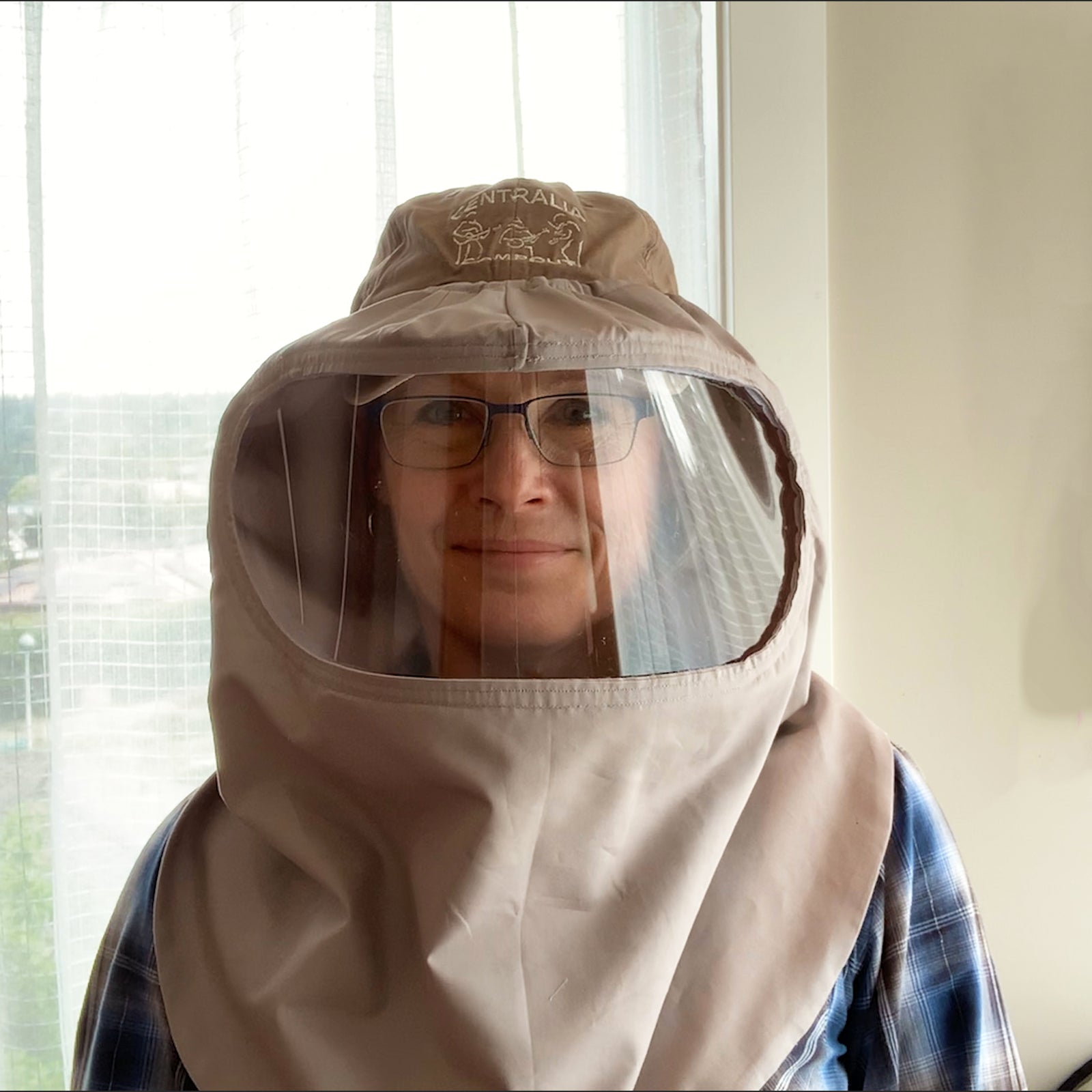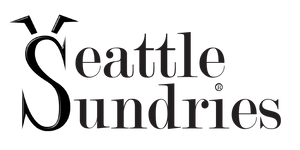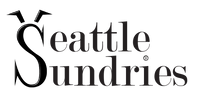Enclosed Face Shield Hood Pattern Tutorial

I have been worrying a lot about our re-entry to school and daily life, since there are still so many questions about how contagious and dangerous the COVID-19 virus is. In an attempt to stop wallowing in my worry, I got to work coming up with a pattern for a fully-enclosed fabric hood and clear plastic face shield.
- Made from materials that are easily accessible and inexpensive.
- Uses a baseball cap as the support structure, which allows for a more comfortable and cool fit.
- Allows the wearer's face to be seen (important for lip reading and speech).
- Causes minimal glasses fog.
- Washable for repeated use.
- Has a double layer of fabric, with no gaps, to prevent germ transmission.
- NOT for hospital or medical use.
- NOT OSHA certified.
- Pattern is FREE to download and use for non-commerical, personal production.
Download the pattern to print HERE. This is a large (24"x14") page. If you have trouble tile printing it, try the multipage pdf HERE.
RESOUCES:
I purchased the plastic (polycarbonate) from TAP Plastics. One sheet can be cut into enough for 12 shields and costs around $13 for the sheet.


Where are the sewing instructions?
Hi there I like your idea but I’m just wondering if you are willing to do one like that as an N95 or guide me on how and where to get one?
thank you
sincerely
Teresa R
This is a great idea to keep out dust for gardeners. Wish you were in production and could ship one to Australia for me!
How do you wash it?
thanks for making this pattern accessible for printing. Your efforts are appreciated. :)
Leave a comment